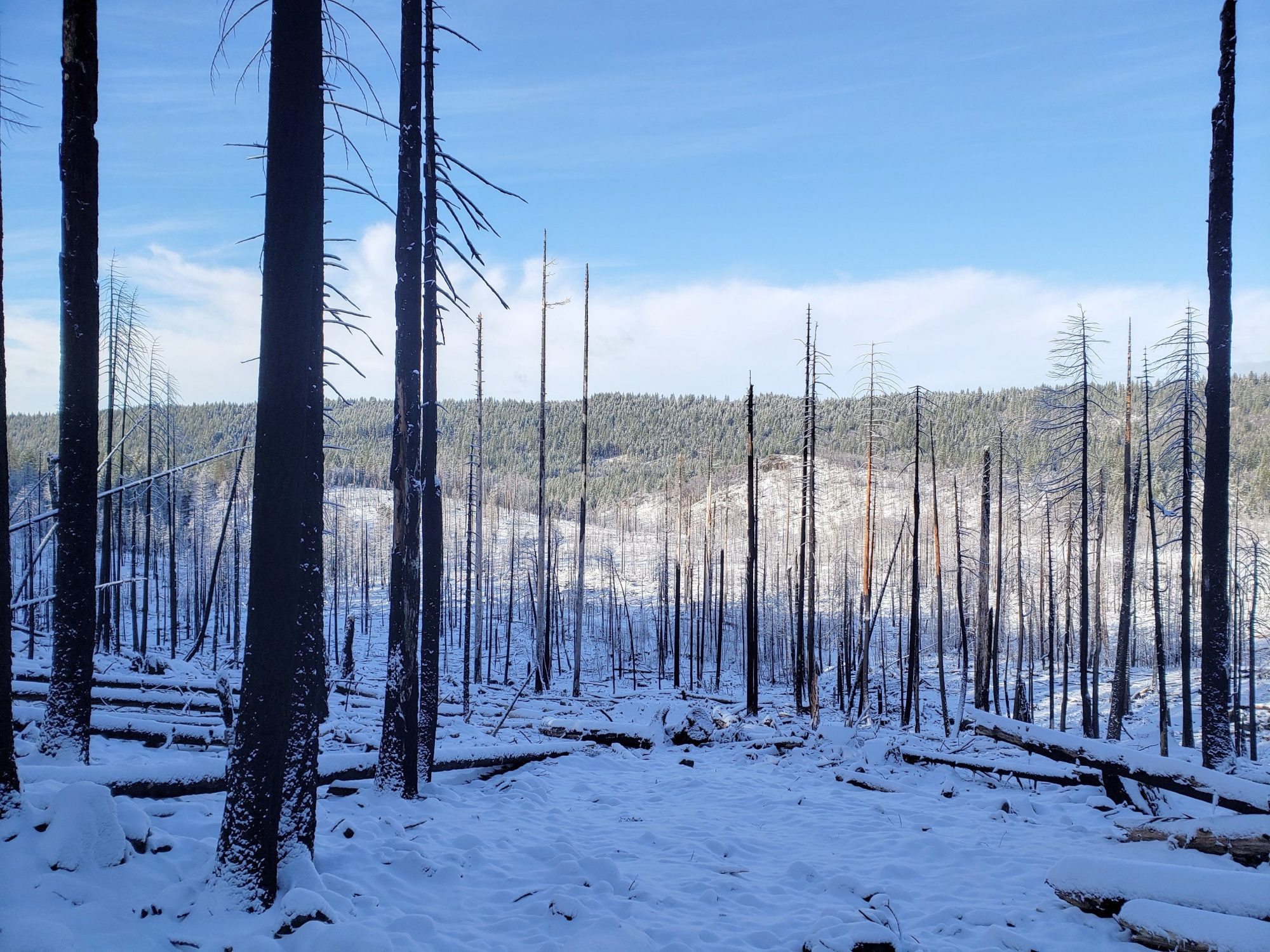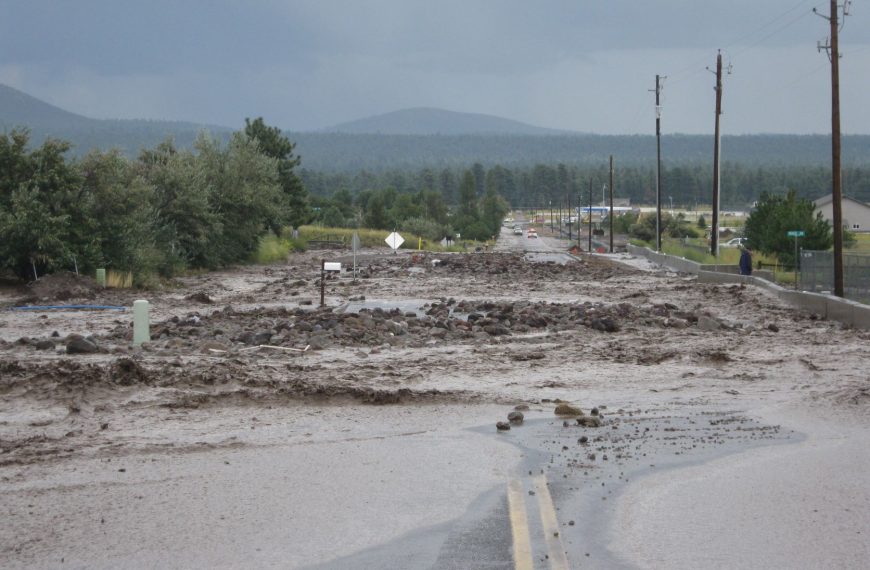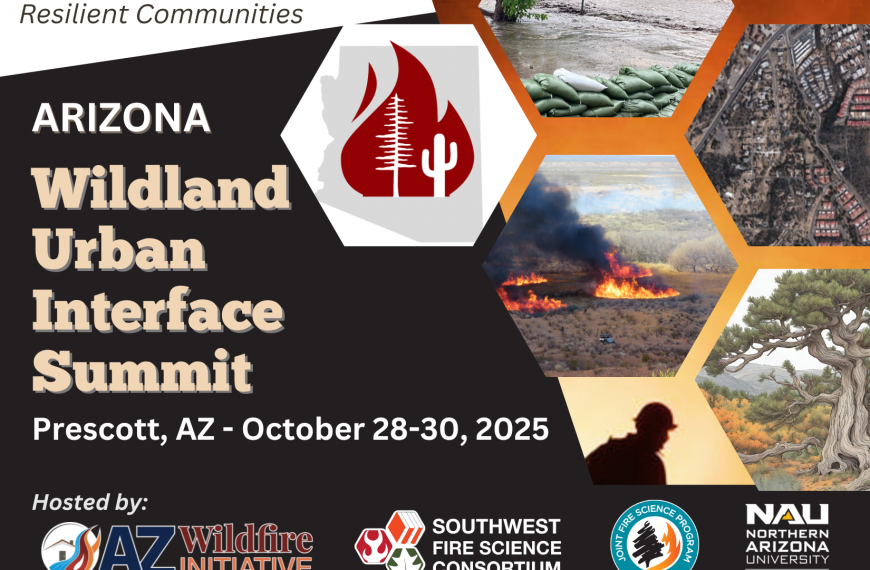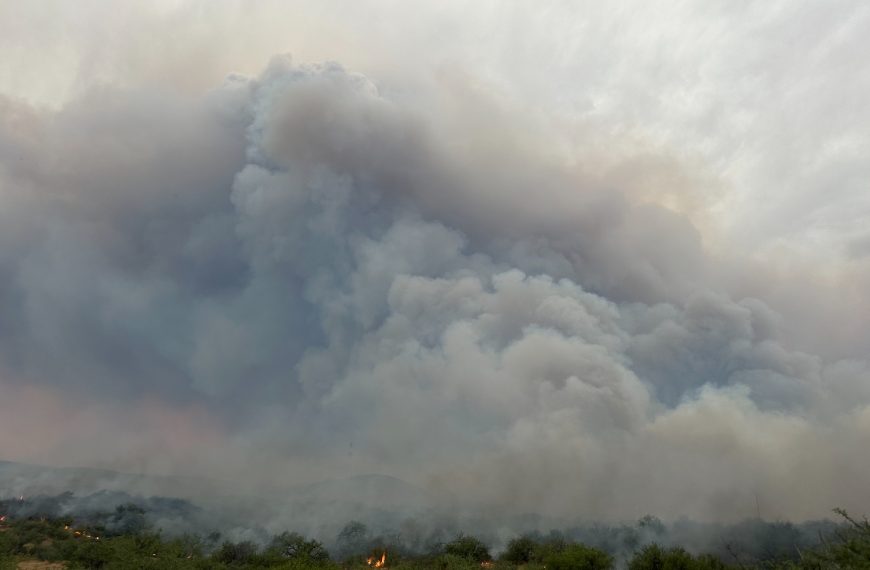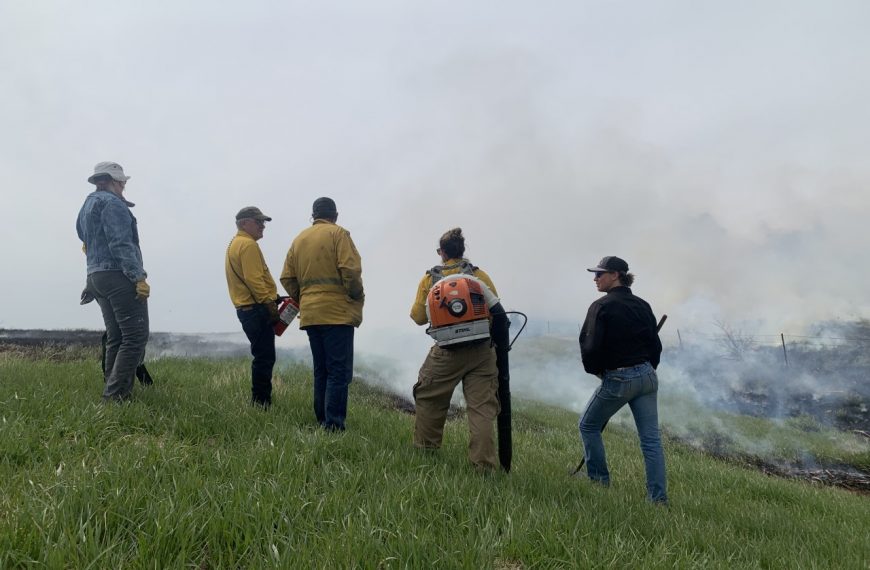Presenter: Camille Stevens-Rumann, Assistant Professor of Forest and Rangeland Stewardship at Colorado State University
Date: August 31, 2022 at 12:00pm AZ / 1:00pm MDT
Following a wildfire, successful tree regeneration is mediated by multiple factors, from the microsite to landscape scale. This presentation demonstrates the importance of microsite conditions such as soil moisture and temperature in predicting conifer tree establishment. The speakers examined the footprint and behavior of a large 2018 wildfire in southern Colorado to understand how fire severity and post-fire logging influenced stand structure, fuels, vegetation, and soil microsite conditions. Their findings show that salvage-logged plots demonstrated lower daily average temperature and minimum soil moisture and higher fuel loading across most fuel size classes relative to unlogged plots, which also corresponded with a loss of dead standing wood and little to no canopy cover. Early post-fire conifer regeneration was low across all plots, but lower soil moisture and higher soil temperature negatively impacted the density of regeneration. Careful consideration of soil impacts and the associated changes to forest conditions should be taken when conducting post-fire logging to prevent detrimental effects on microsite conditions and forest recovery. To watch a recording of this webinar, click here.

